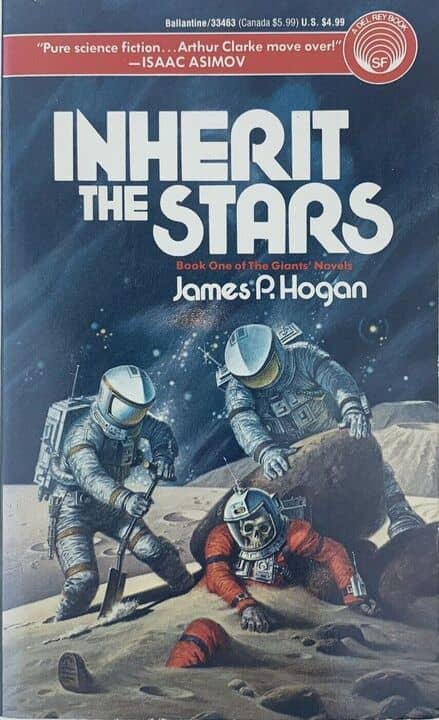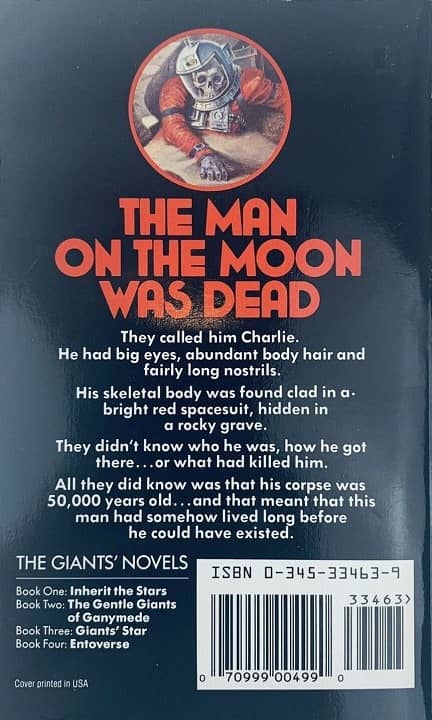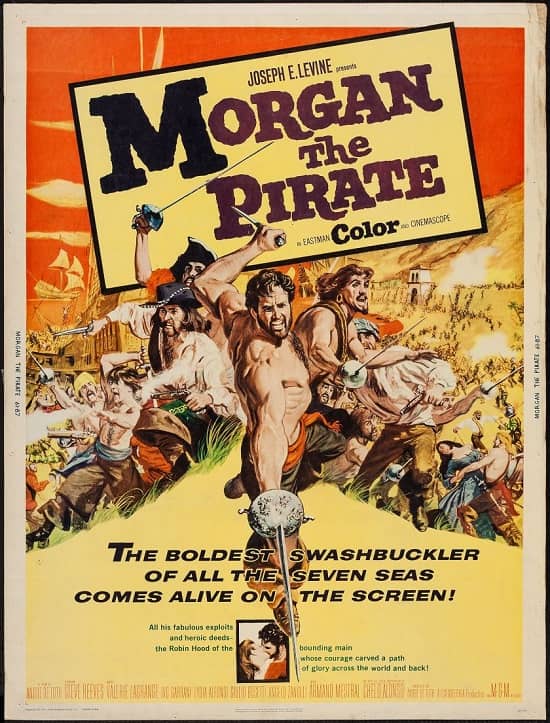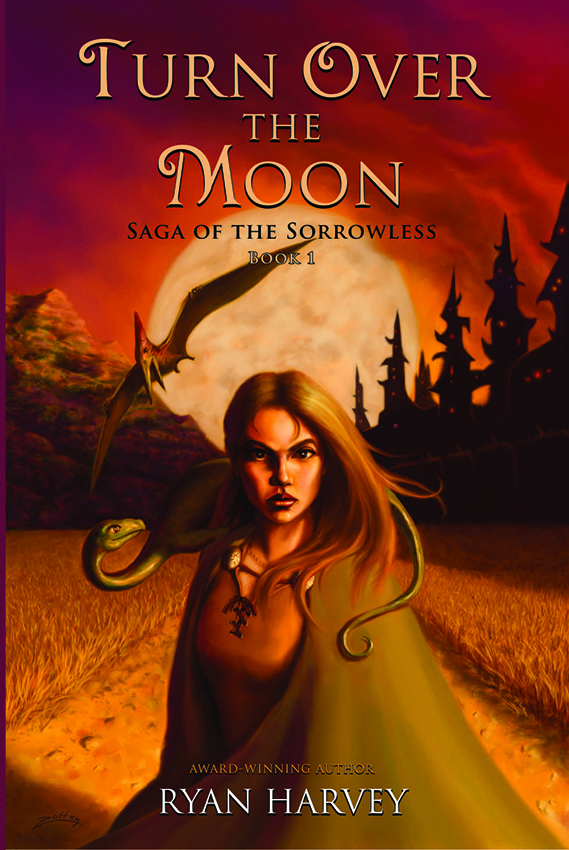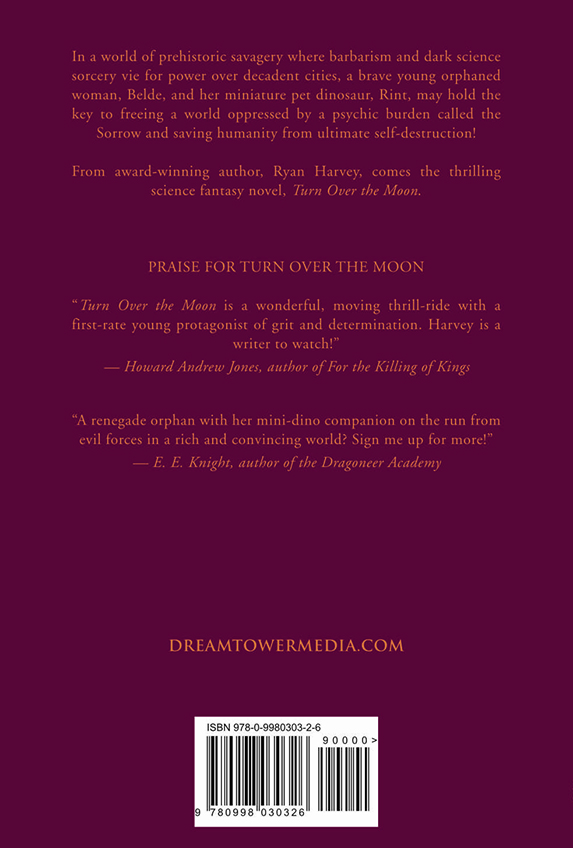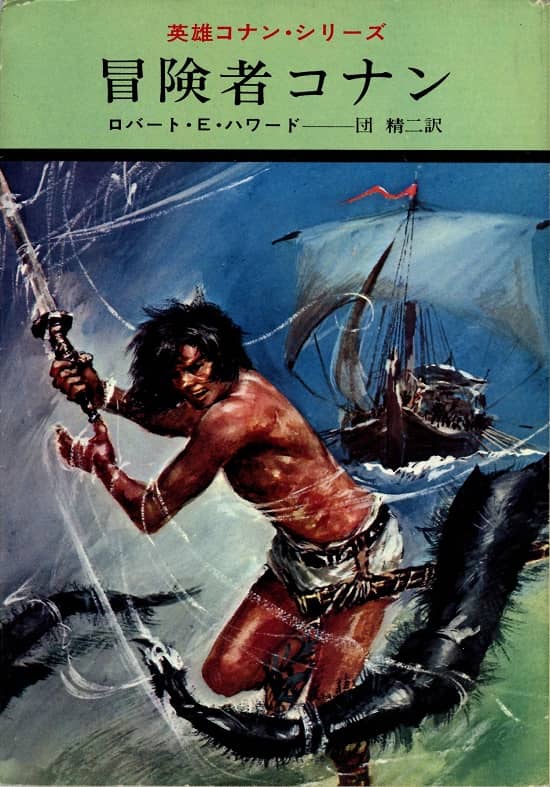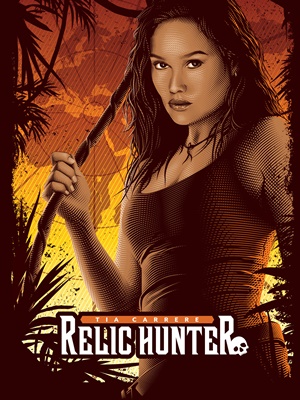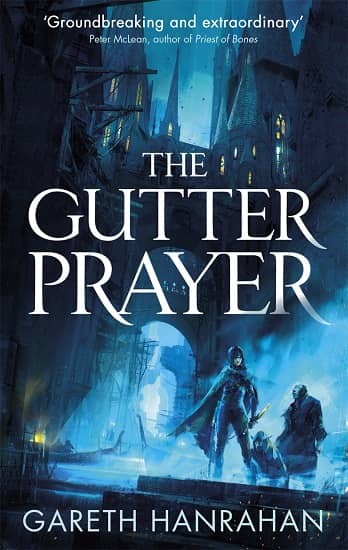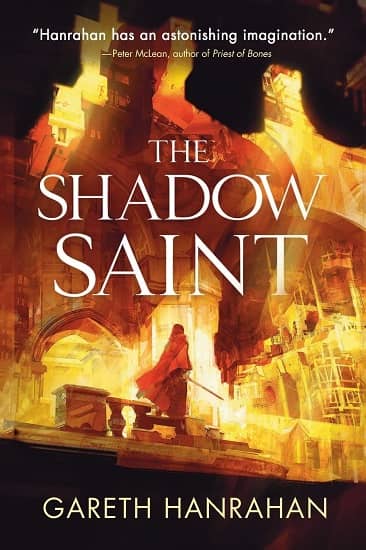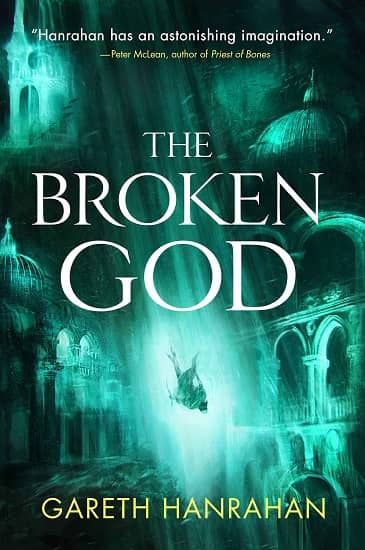Vintage Treasures: The Empire of Kaz by Leslie Gadallah
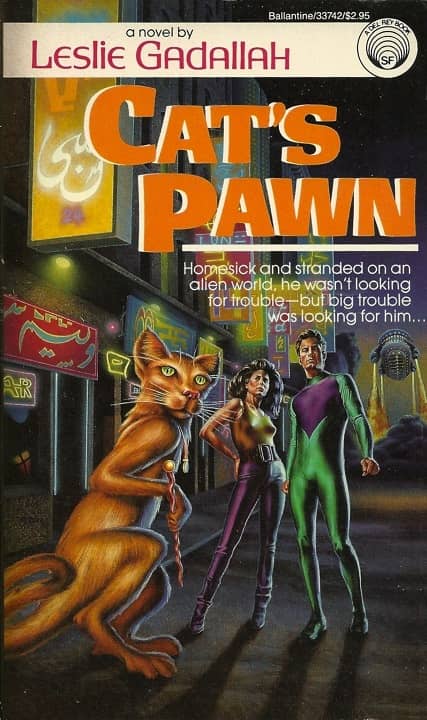 |
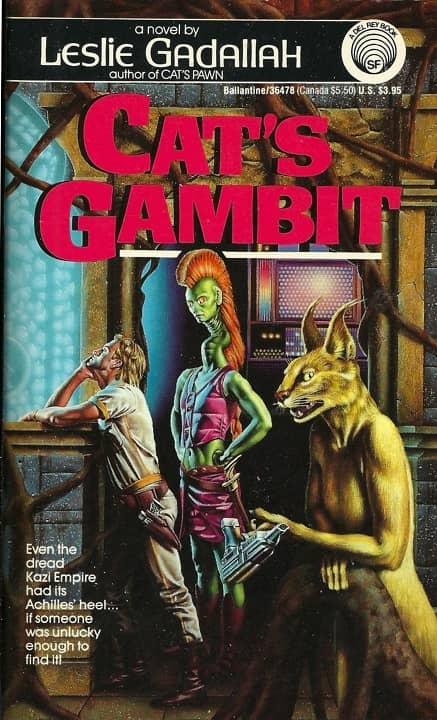 |
Cat’s Pawn and Cat’s Gambit (Del Rey, 1987 and 1990). Covers by Barclay Shaw
Canadian writer Leslie Gadallah isn’t well known today. She produced a handful of novels in the late 80s for Del Rey, including two books in a highly regarded space opera, Cat’s Pawn and its sequel Cat’s Gambit, the first volumes in what’s now called the Empire of Kaz trilogy. Here’s an excerpt from Delia Sherman’s enthusiastic coverage in the May 1987 issue of Fantasy Review.
Cat’s Pawn is a first novel in the aliens-befriends-human mode. The plotting is masterful. The novel is made up of three complexly interrelated stories, and Gadallah moves easily among them, revealing what we need to know just when we need to know it. Bill Anderson, a linguist. suffers a heart-attack after the starship he is on is captured by pirates. Taran, a cat-like Orian diplomat, keeps him alive, rescues him, heals him, and generally takes a disconcerting interest in his health and welfare. When Bill moves to the port city of Space Central, he is taken up by its villainous boss Steven Black, who blackmails him into agreeing to assassinate Taran. Woven into all this is a plot to take over the galaxy by a race of murderous bugs…
Cat’s Pawn is always exciting. It is smoothly written and deals forthrightly with the question of how basic xenophobia is to human nature. And toward the end there are a coupe of scenes in the deserts of Orion which are truly strange and wonderful
Gadallah, now in her 80s, is — according to recent interviews at least — still writing.
